NASA Astronomy Picture of the Day 22 April 2023: Hubble Telescope snaps amazing Stellar Nursery
NASA Astronomy Picture of the Day for 22nd April takes a quick look at Stellar Nursery.
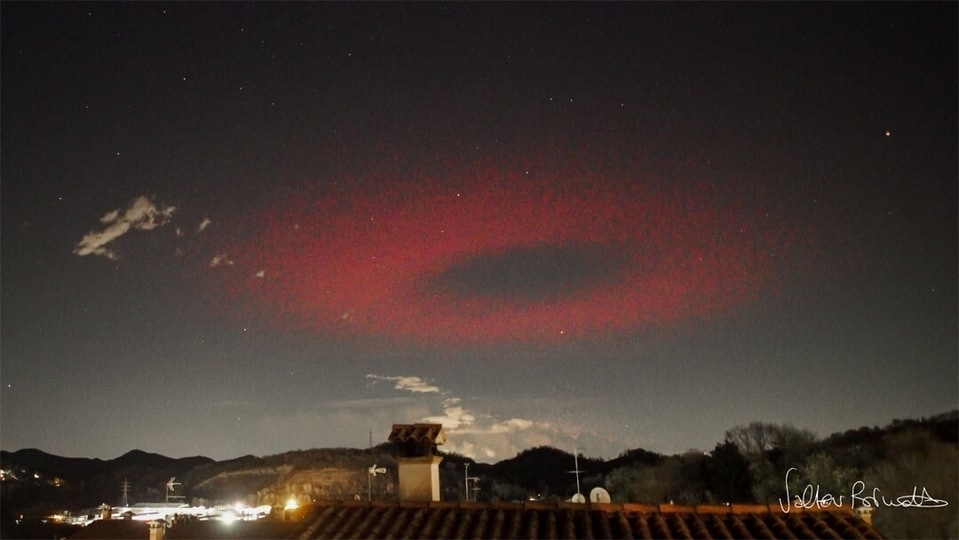
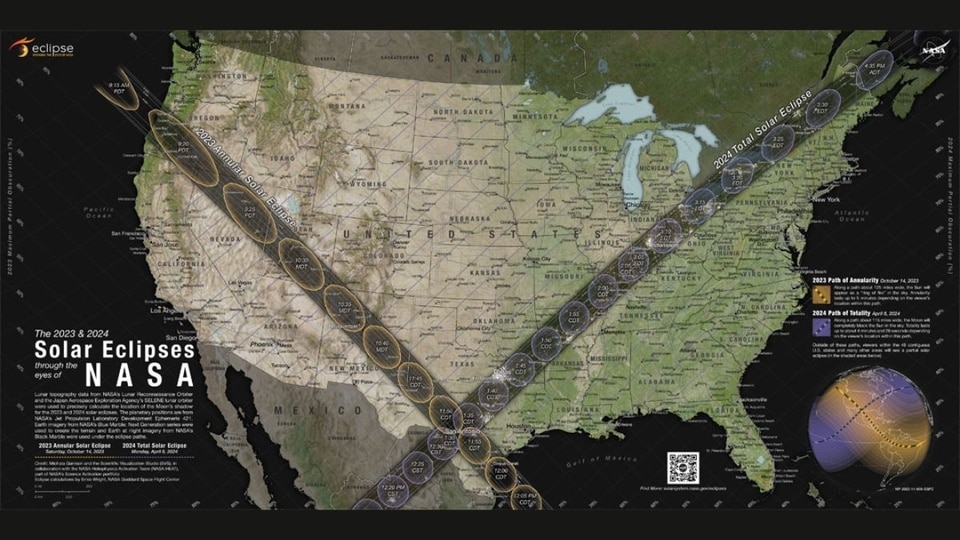
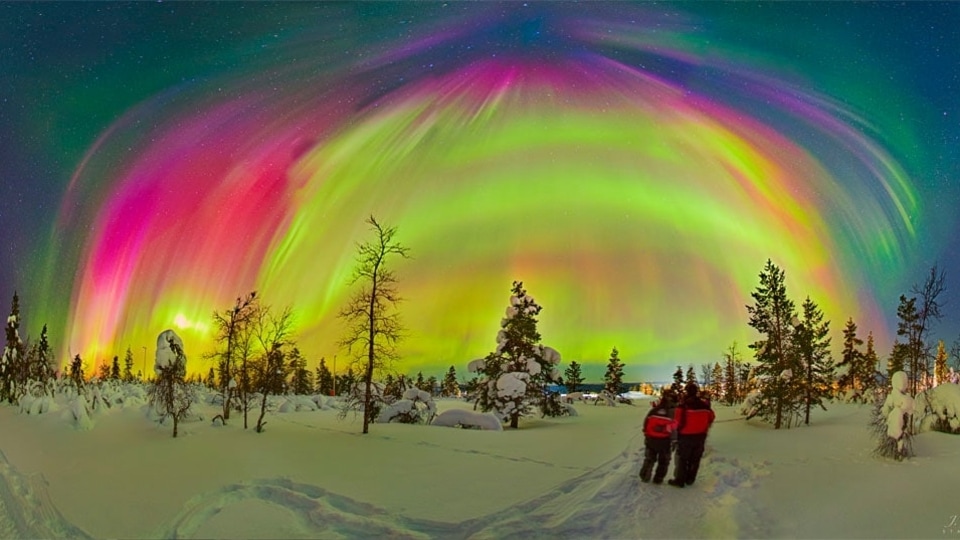
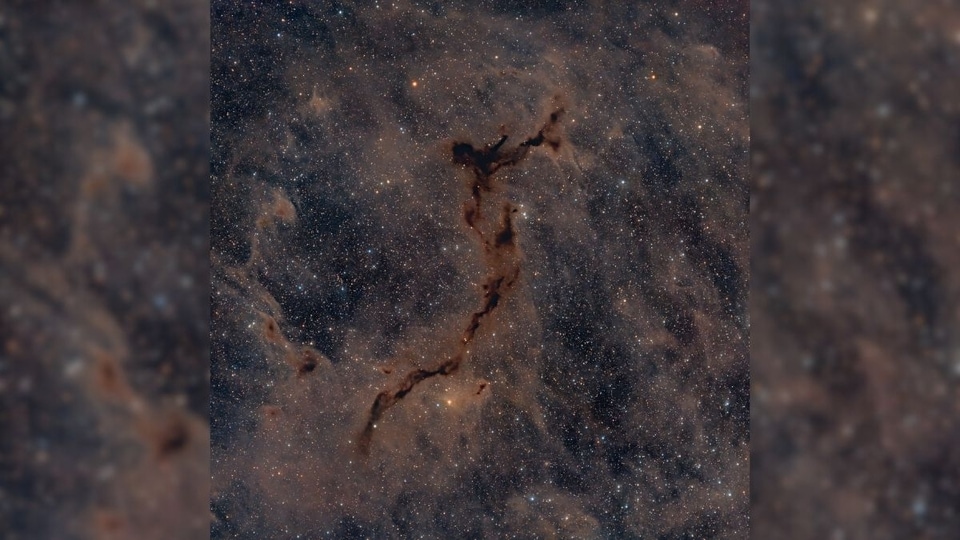
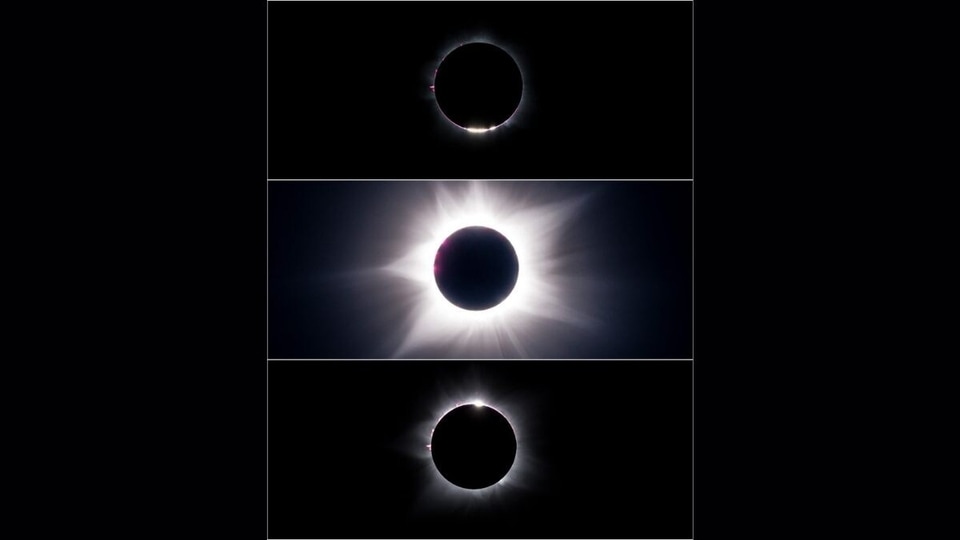
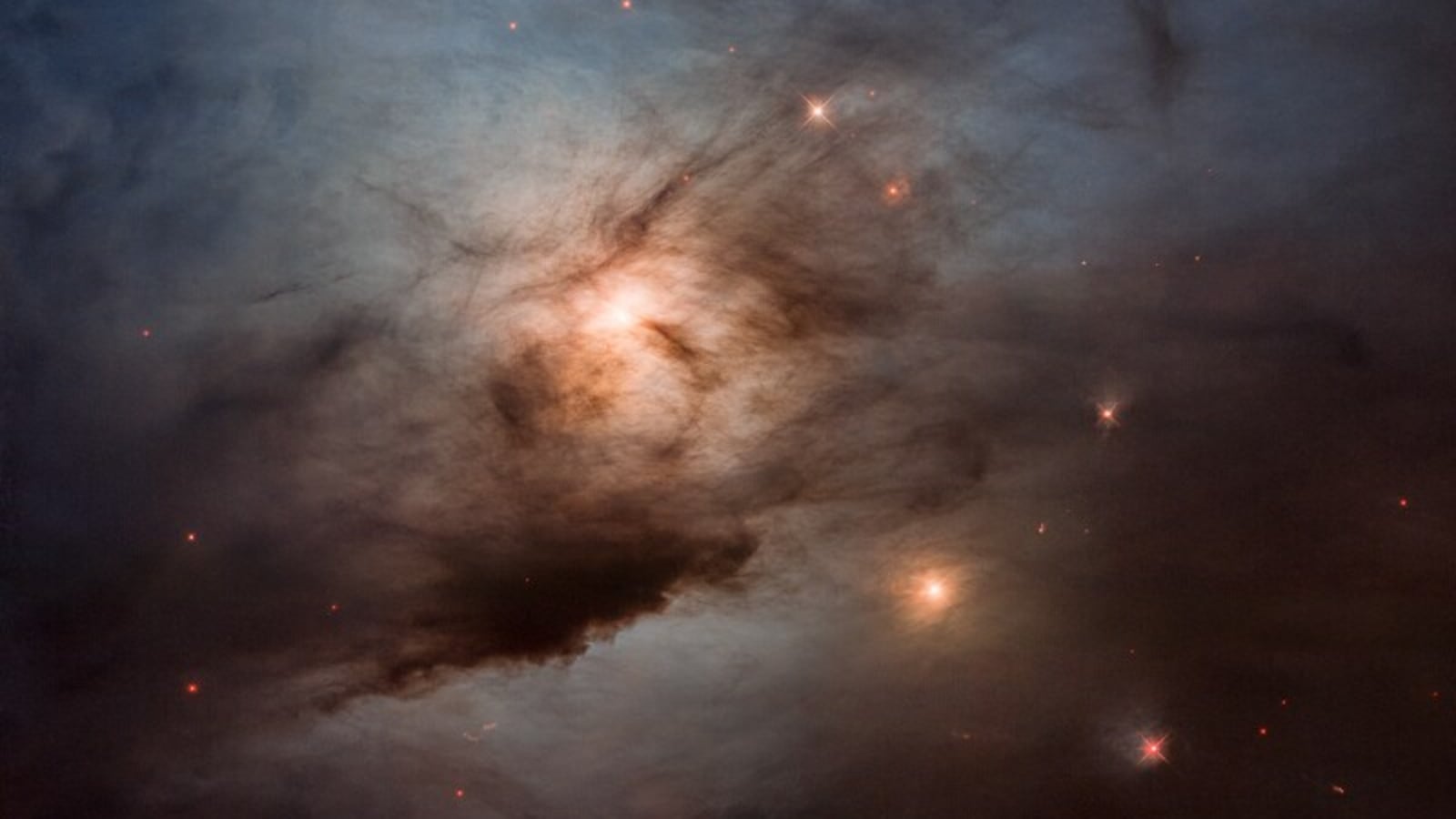
 View all Images
View all ImagesNASA is sharing a jaw-dropping view of the Stellar Nursery which is seen as a reflection nebula. A reflection nebula forms when a nearby dust cloud scatters or reflects the light from a star. This scattered light is polarized to a small extent and exhibits a spectrum resembling that of the illuminating star but with a bluer hue. NASA says that just "like fog around a street lamp, a reflection nebula shines only because the light from an embedded source illuminates its dust; the nebula does not emit any visible light of its own."
NASA's Explanation for Astronomy Picture of the Day
While sharing the image, NASA has explained about the nebula, "In visible light, NGC 1333 is seen as a reflection nebula, dominated by bluish hues characteristic of starlight reflected by interstellar dust." It is a mere 1000 light-years distant from the heroic constellation Perseus, it lies at the edge of a large, star-forming molecular cloud.
This image captured by the Hubble Space Telescope showcases a region spanning just over 1 light-year at the approximate distance of NGC 1333. It reveals intricate details of the dusty area, as well as distinctive reddish emissions from Herbig-Haro objects, jets, and shocked luminous gas emitted by newly formed stars. NGC 1333 is a host to hundreds of stars that are less than a million years old, many of which remain concealed from optical telescopes due to the pervasive stardust.
This turbulent environment bears resemblance to the one in which our own Sun formed over 4.5 billion years ago. The Hubble's breathtaking image of this star-forming region was released to mark the 33rd anniversary of the space telescope's launch.
History of the Hubble Telescope
NASA Hubble Space Telescope, a technological marvel of its time, was launched and deployed by the space shuttle Discovery in 1990. It has made more than 1.5 million observations over the course of its lifetime! More surprisingly, NASA has revealed that Hubble Telescope was designed to last roughly 15 years when it was launched in 1990. The Hubble Space Telescope has undergone five successful astronaut servicing missions, and as a result, the telescope's technology has been modified and improved, "and the telescope remains scientifically productive to this day."
Catch all the Latest Tech News, Mobile News, Laptop News, Gaming news, Wearables News , How To News, also keep up with us on Whatsapp channel,Twitter, Facebook, Google News, and Instagram. For our latest videos, subscribe to our YouTube channel.




























